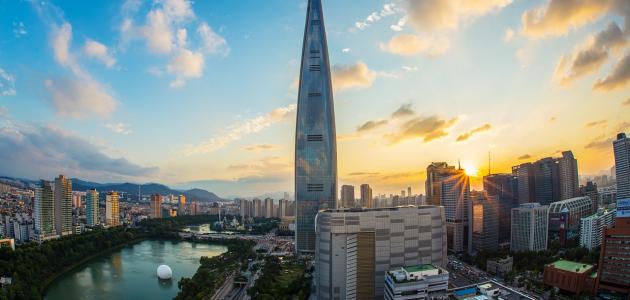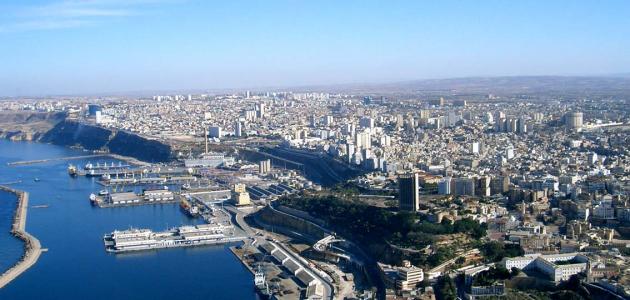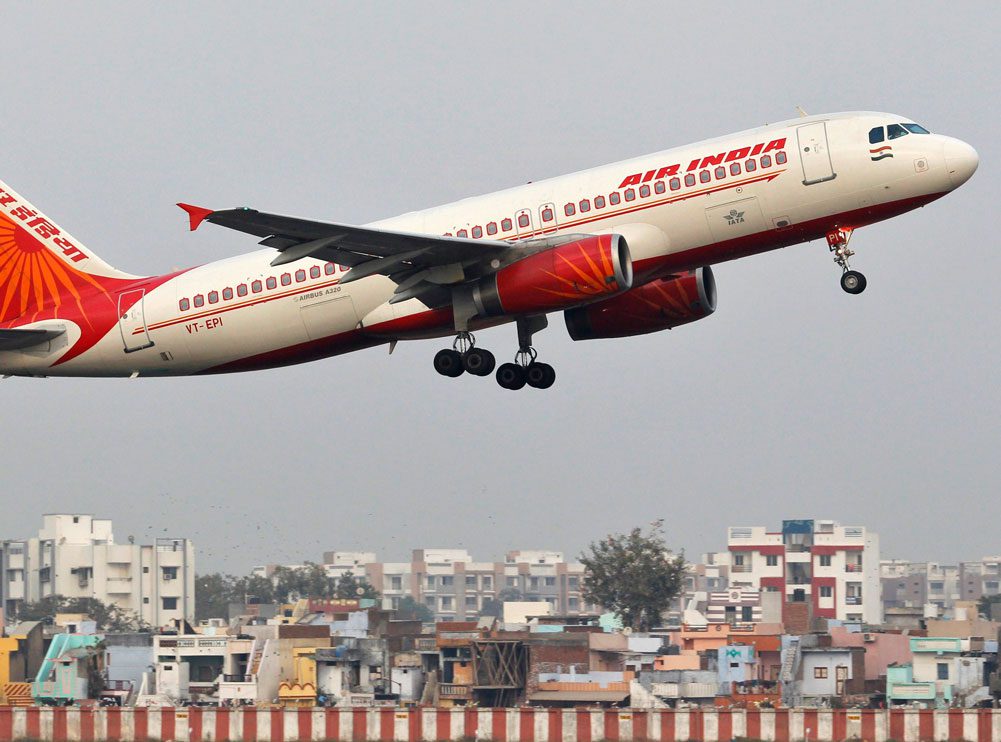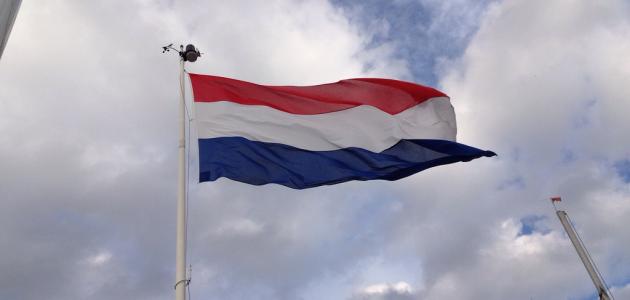Table of Contents
Aswan
Aswan Governorate is one of the southern governorates in the Arab Republic of Egypt, and it is taken from the city of Aswan as its administrative center, and its area extends to more than 62,726 km2; i.e. 6.1% of the total area of the Republic. The governorate is divided administratively into ten cities, including: the tourist city Abu Simbel, Kalabsha, Al-Radisiyah, Busailiya, Al-Sebaeiah, and Aswan, in addition to the presence of five centers in it, namely: the Nasser Center, Kom Ombo, Dura and Edfu, and Aswan; in addition to a group of villages of displacement Nubian, Toshka spillover project, Lake Nasser.
According to the statistics of the population census in Egypt for the year 2016 CE, the population of Aswan Governorate has reached approximately 1.480,284 people, according to the estimates of the Central Agency for Public Mobilization and Statistics. Aswan Governorate celebrates on the fifteenth of January annually the National Day for the construction of the High Dam, which had been completed by the labor force construction on the same date in 1971 AD during the era of Egyptian President Gamal Abdel Nasser.
Geography of Aswan
Aswan Governorate shares borders with Luxor Governorate on the northern side, while the Red Sea Governorate borders it on the eastern side, while its borders with the New Valley Governorate come from the west, and international borders with Sudan connect it from the southern side at the geographical location to the north of the latitude of the Tropic of Cancer by about 22 Roughly, the area overlooks the eastern shores of the Nile, and is more than 85 meters above sea level.
The effects of Aswan
Aswan embraces a large number of monuments, especially the Pharaonic ones, and it is mentioned that it has enjoyed great historical importance throughout history as it is a commercial area and a station for commercial caravans that make its way from Nubia through various parts of the region, as it is considered by virtue of its geographical location as a gateway to Egypt from the southern side, as it links between The two parts of the Nile Valley, and between Egypt and Africa, and the most important of these effects:
Elephantine Island
The area of this Nile island extends to more than 1500 meters in length and width of approximately 500 meters, and is carried out by a number of hotels and agricultural areas, in addition to the Aswan Museum and stone temples, and it is noteworthy that the temples on the island date back to pre-history, and among the most prominent temples in The region is the temples of flood gods, and the region’s gods are sat.These include:
- The first temple: Its origins date back to the first and second families of the Pharaohs, and that was during the period before 2800 BC.
- The second temple: Its origins date back to the beginning of the sixth family of the Pharaohs, that is, during the period 2250 BC.
- The Temple of God Khnum: This temple was looted and only two columns remained at its main entrance.
- Kabash cemetery: This tomb belongs to the god Khnum, too.
Aswan Museum
Also known as the Elephantine Island Museum, where it occupies a space in the southeastern part of the island, and the history of the establishment of the museum building dates back to the year 1898 AD, and its construction came to serve as the headquarters for Sir William Walkux, chief engineer of the Aswan Reservoir, while the museum itself was established for the first time in 1917 AD, and includes A large number of monuments in the area of Nubia, in addition to the presence of statues of kings and individuals such as mummies, coffins, and funerary paintings.
Aswan Reservoir
The date of commencement of its construction dates back to the time period between 1899-1906 A.D., and Khedive Abbas Abbas Hilmi II considered the foundation stone for him, and it was officially opened during his reign as well, and this reservoir is considered as the first dam built in this size and capacity.
Abu Simbel
Abu Simbel is considered one of the important archaeological sites in Aswan, and this site embraces two of the largest rocks of temples in the southern region of Egypt, and this area overlooks the West Bank of Lake Nasser, and the monuments of this region join UNESCO in the name of the monuments of Nubia, and the temples of Abu Simpel carved in the mountains since the thirteenth century BC; that is, during the reign of King Ramses II, and these temples came as a permanent monument to King and Queen Nefertari in celebration of the victory achieved in the Battle of Kadesh.
Fatimid tombs
Aswan embraces two sections of the Fatimid cemeteries, namely: the tribal cemetery, and it occupies a space in the Aswan region on the road to the Aswan Reservoir near the Nubian Museum, while the second section is the marine cemetery, where it occupies a space in the Anani area, and the Fatimid tombs are unique in the presence of domes with eight sides It meets the dome from the outside, and is called by the centuries. As for the date of its construction, it dates back to the fourth century AH, where the era of the Fatimid state.
Horus Temple
This temple is located in the heart of Edfu, and it is considered the second temple in Egypt in terms of size. This temple is the product of the Ptolemaic attempt to build temples in the footsteps of their predecessors, and it took almost 180 years to build it.








